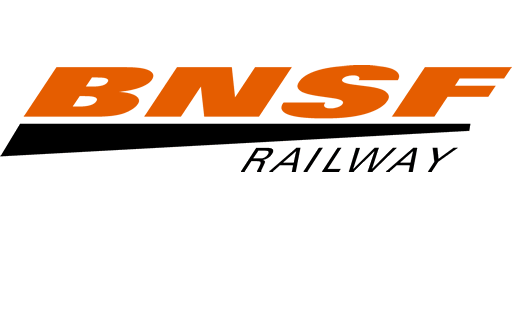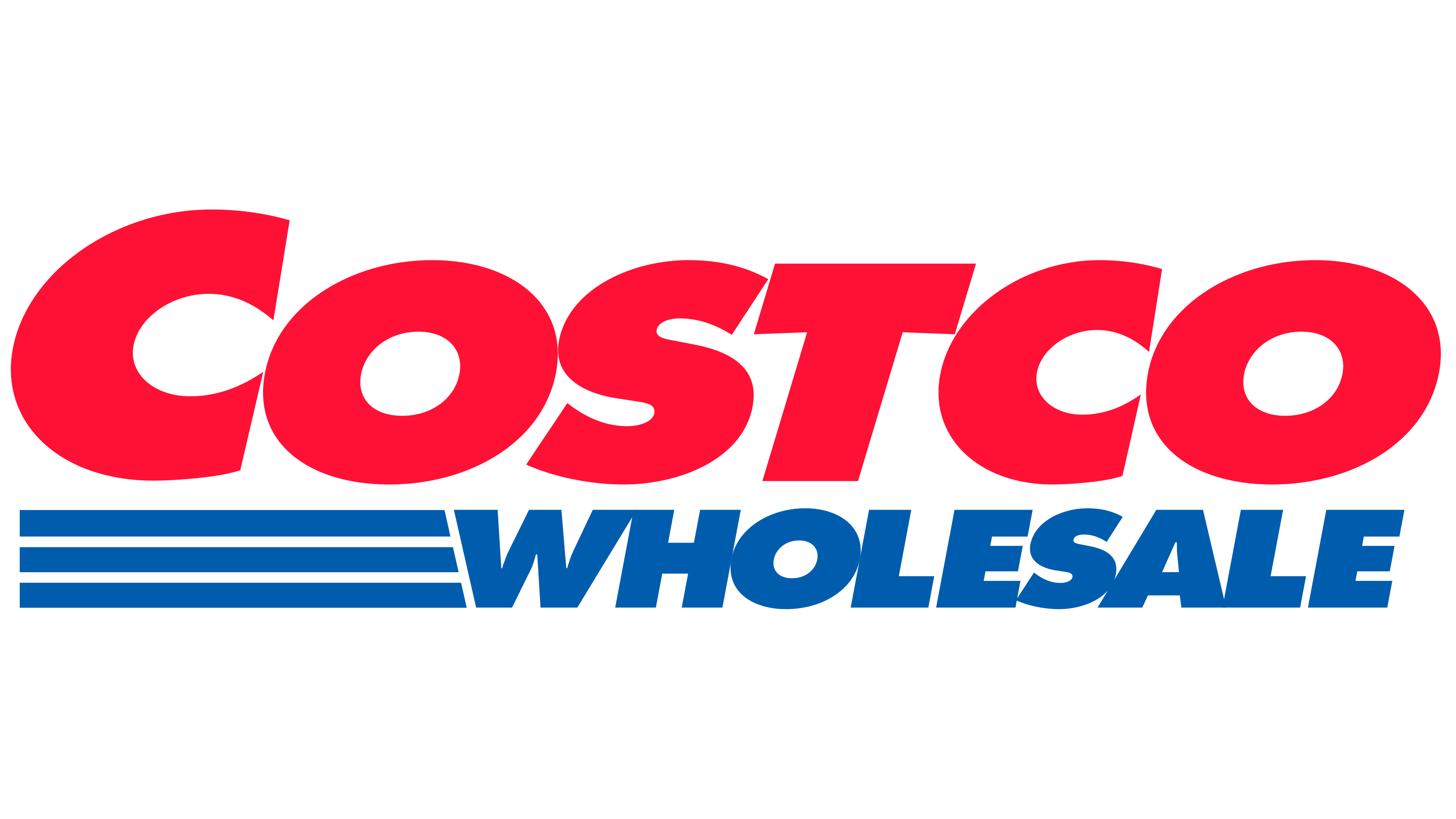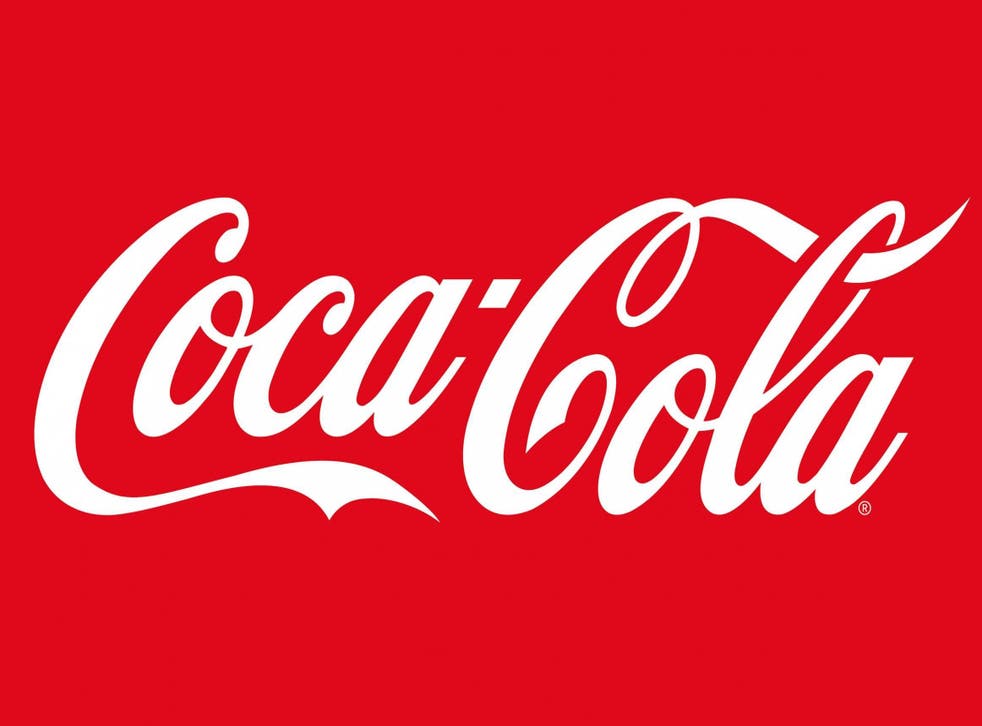
Warren Buffett, the legendary investor and CEO of Berkshire Hathaway, is known as one of the greatest investors ever to live. His most famous advice to aspiring investors? Invest in yourself through lifelong learning and good habits before investing in stocks or other assets. However, many people know Buffett from his investments in publicly traded companies, which have turned him into one of the richest men on the planet. So what are Buffett’s favorite stocks? Let’s take a look at six long-term picks from Warren Buffett’s portfolio
Nike Inc.

Nike is one of the world’s most recognizable brands and has been a part of Warren Buffett’s Berkshire Hathaway portfolio since 2013. The company is a global leader in athletic footwear and apparel and has a strong history of paying dividends to shareholders. Nike is also a major philanthropist, donating millions of dollars to various causes each year.
Founded in 1964, Nike began with just $25 and a vision to provide better sports equipment to athletes. It quickly became one of America’s most recognizable brands, and by 2016 had achieved more than $28 billion in revenue, thanks to its strong portfolio of products for all genders and athletic needs. Over that time, Nike has also donated millions of dollars to various charitable causes around the world, many associated with promoting good health through sport. As a philanthropist, Nike is committed to making positive change through donations and other efforts that have helped children and communities worldwide.
Burlington Northern Santa Fe (BNSF) Railway

BNSF Railway is one of the largest freight railroads in North America, spanning 28 states and three Canadian provinces. The company has a wide moat in the form of its vast network of railways, which gives it a huge competitive advantage. BNSF also benefits from the fact that railroads are much more fuel-efficient than trucks, which is an important consideration given the current price of oil. Given all these factors, it’s no wonder that Warren Buffett has been a long-time investor in BNSF.
In 2008, Buffett’s Berkshire Hathaway (BRK.A) (BRK.B) reported that it owned roughly 10% of BNSF stock, which was valued at $10 billion. In terms of performance, Berkshire clearly likes what it sees: between September 2006 and September 2011, BNSF stock rose by almost 50%, compared to just 15% for the S&P 500 over that period. The company continues to trade at a healthy premium to book value despite a long string of yearly increases in book value per share. This indicates that investors are increasingly valuing BNSF on its operations rather than its assets alone.
ConocoPhillips

ConocoPhillips is an integrated energy company, partaking in every aspect of the oil and gas industry. This includes exploration, drilling, refining, and finally the sale of finished goods like gasoline, natural gas, and petrochemicals for industrial use. Following a historically volatile year for the energy and oil and natural gas sectors, ConocoPhillips reported a third-quarter 2020 loss of $0.5 billion, or ($0.42) per share, which is much lower than the $3.1 billion in third-quarter 2019 earnings. The $0.5 billion loss is due to the company’s $0.5 billion in dividends and dividend hikes announced during the quarter.
It’s not surprising that a company with such long history, both in terms of life and asset value, would have a list of impressive accomplishments, most notably being ranked as one of Fortune magazine’s Top 100 Best Companies to Work For for nine consecutive years. The company has also been voted America’s Most Admired Company by Fortune readers for six straight years. ConocoPhillips has proven its worth over time, continuing to take calculated risks despite market swings in order to meet their ambitious goals for the future.
Costco

Over the past several decades, this operator of discount warehouses has proven to be slow and steady. Costco (COST) adheres to a strict philosophy of capping profit margins so that its customers can benefit from lower prices whenever the company changes its pricing policies. It costs Costco an annual fee for members to shop at its stores, but most Costco cardholders will tell you that they save more in a single visit than their membership fee. Membership fees then drop rapidly to Costco’s bottom line as its net income.
While Costco primarily sells grocery items, produce, and household goods, shoppers can find virtually anything in a Costco store, including clothes, electronics, seasonal items, jewelry, and home improvement items.
The Coca-Cola Company

Buffett has been a shareholder of Coca-Cola for over three decades now. He first bought shares in the company in 1988 and has continued to add to his position over the years. As of the end of 2022, Berkshire Hathaway owned 67.96% of Coca-Cola.
Given the saturating state of the US market, the leading brand, and the high profit margins, Coca-Cola has become a cash cow with reliable and profitable earnings that last every year. Additionally, Coca-Cola generates the vast majority of its sales overseas, while still experiencing growth in other emerging markets like India. Thus, it is not as exposed to currency fluctuations as many American companies are. With an annual dividend yield of 3.8%, and Buffett’s stake continuing to grow through time, it is safe to say he likes what he sees when looking at Coca-Cola’s long-term prospects.
Procter & Gamble Co.

It’s a safe assumption to say that one of Procter & Gamble’s (PG) products are in almost every American household. With brands like Tide, Bounty, Pampers, Head & Shoulders, Gillette, Olay, Crest, Oral-B, Dawn, Downy, and Duracell, the company is a consumer products giant. P&G’s long-term strategy is to only compete in markets where it has the top position and pare off products when it can’t obtain that. Having the top market share allows P&G to easily raise prices when the cost to produce items rises.
P&G maintains its market share in four ways. First, it must constantly innovate and develop new products. For example, Crest came out with its Whitestrips line in 2000 and was an instant hit. In 2004, it followed up by adding a line of Crest Whitening Expressions that could whiten teeth in one hour (plus be combined with some of its Oral-B toothbrushes). Other companies may try to imitate P&G’s products or undercut its prices, but Procter & Gamble fights back by improving quality or reducing cost in other areas.